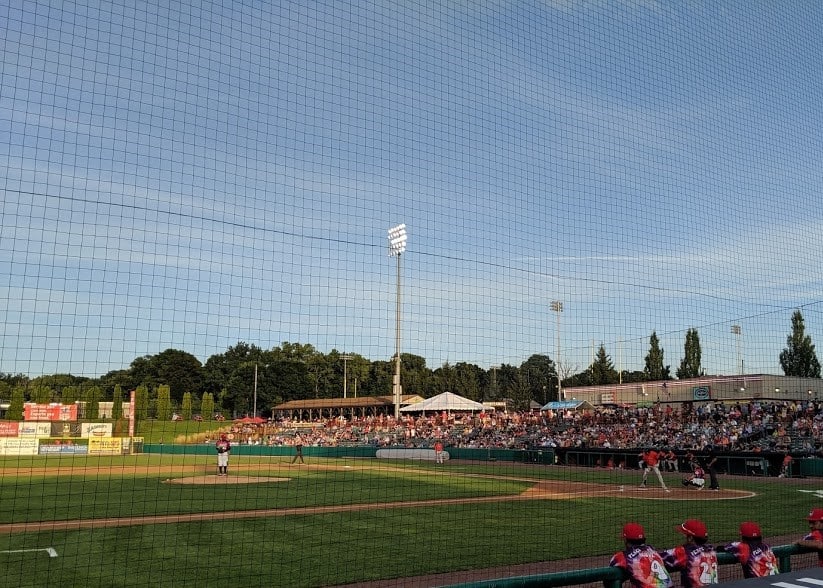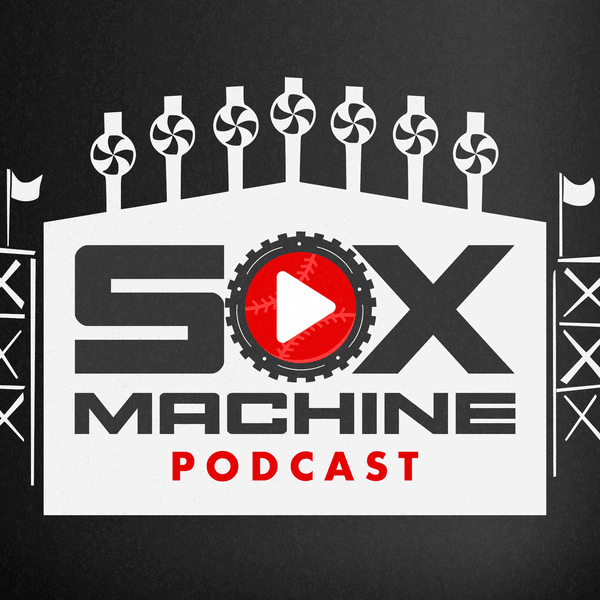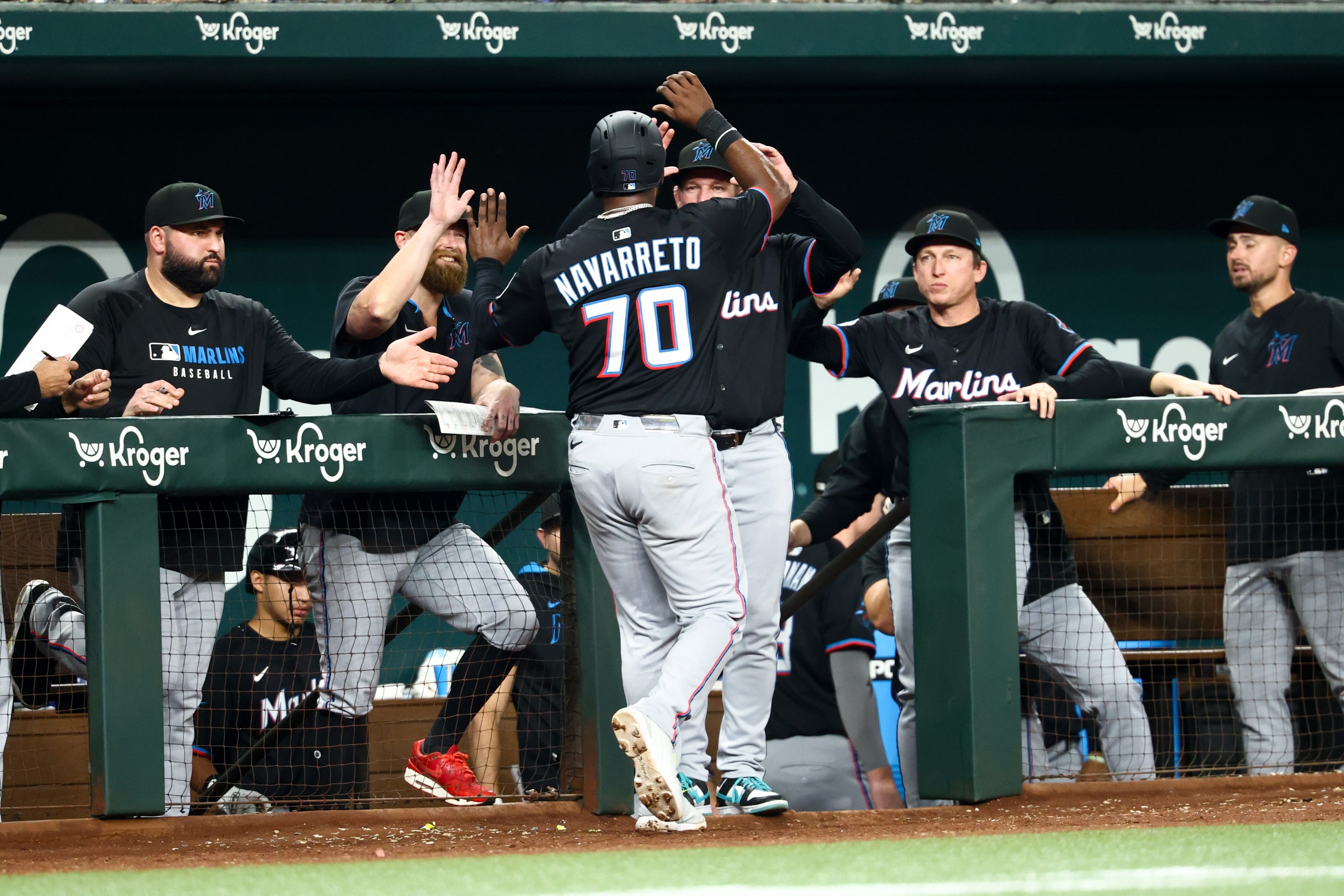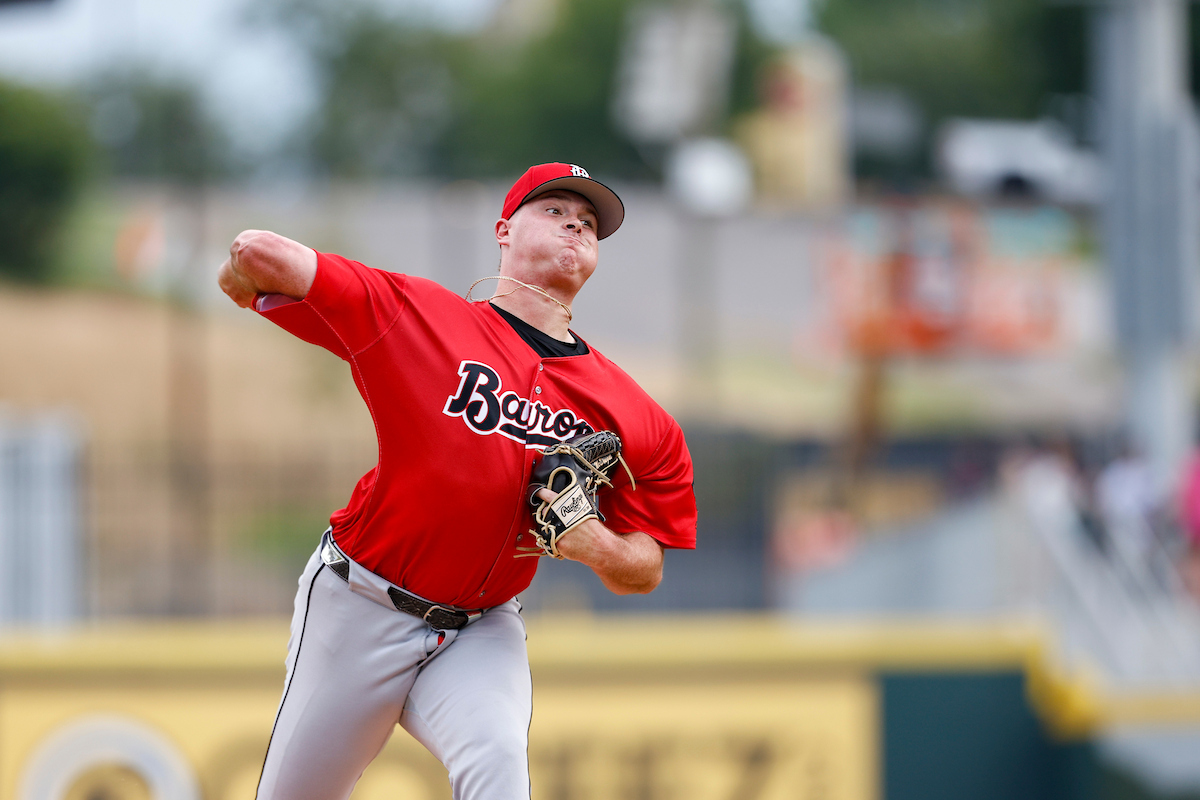In the absence of baseball, one might naturally be drawn to setting a return date for baseball.
I would recommend against it, because trying to project a calendar will invariably lead to disappointment. In fact, you already may be. Major League Baseball technically only pushed back its Opening Day two weeks, but the Center for Disease Control pushed it back further with a recommendation to cancel events of 50 or more people for the next eight weeks.
That right there effectively pushes the start of the season into June, and I don't expect it to stop there. Between what we don't know about the new coronavirus and the difficulty of shaping 30 cities into some form of acceptable, there are too many unknowns to feel confident about the return of any normalish baseball season.
Here's where I'd like to say, "That might not be a bad thing," but of course it sucks. Just like the fanless game in Baltimore back in 2015, something terrible had to have happened to get to this stage. But having lived in a metropolitan area that doesn't embrace professional sports on the standard terms, I've seen abbreviated calendars and outright absences generate unique opportunities and environments in time.
* * * * * * * * *
Albany is a strange town for organized sports. The proximity to New York and Boston generates a lot of major-sport interest, but the biggest draws of any sport with a standard sports calendar are collegiate. And they're colleges you might not know (Siena for basketball, RPI and Union for hockey).
The city has hosted better leagues closer to major-league quality. Albany was the home of an AHL affiliate for about 25 years. As those who went to Chicago Wolves games during the nadir of the Bill Wirtz Blackhawks can tell you, it's an enjoyable product. After an early burst of excitement, the Albany River Rats stopped drawing, and switches in affiliations, names and arena upgrades never fixed it.
There were a lot of reasons -- too hard to get downtown, conflicts with the collegiate schedules, too expensive, paying for parking sucks, etc. -- and all of them probably contributed to affiliate's demise. But the supply and demand was also out of whack. They played 41 home games in a stadium that was lucky to ever be a third full before they tarped off the upper deck, and half full after. There was never the threat that you wouldn't be able to catch a game, until the winter came and went and you realized you never saw one ... for the third consecutive year. The team left for Binghamton after the 2017 season.
The Albany-Colonie Yankees, a Double-A affiliate that briefly hosted Derek Jeter, Bernie Williams and Andy Pettitte on their ascents to stardom, followed a same trajectory. Attendance tailed off as rumors of an Eastern League reconfiguration swirled, and rightly or wrongly -- this was the start of the bad stadium deal -- the community didn't rage into the dying of the light. The Yankees left, and the area went nearly a decade without affiliated baseball.
The pro teams Albany does support are in leagues that know their place. The Albany Patroons were the kings of the Continental Basketball Association, playing their games in the Washington Avenue Armory, a gym straight out of "Semi-Pro." Phil Jackson earned his first championship ring as the coach of the Patroons. Bill Musselman also coached the Patroons to a title, and that's where George Karl got his break, too.
But then they moved the games from the intimate gym to the downtown arena, they lost the demand, and eventually they lost the team. The league also then lost its way, and the reconfigured shell of it has always come crawling back to Albany and the Armory, where the Patroons have drawn respectably as long as the league isn't a joke.
Albany supported the hell out of the Arena Football League, not once, but twice. The first time, the AFL got too big for its britches and tried to move teams to bigger metro areas, which was a failed strategy. The second time, a lawsuit against a previous workman's compensation arrangement undercut the league's revival. Albany and the Times Union Center wasn't the problem either time, as the Capital Region had no problem turning out to show support six or seven times a year.
* * * * * * * * *
Through all this turmoil, two pro-quality sports have thrived in the area, and they both have short seasons.
Saratoga Race Course: It's one of the premier destinations for horse racing in the United States, and it's only open for 40 days. It used to adhere to a tighter schedule that allowed it to be called "The August Place to Be," but now the season "stretches" from the second half of July through Labor Day. Even then, some locals think that's too long, but mostly because tourists change the pace, feel and price of the city for those six to eight weeks so dramatically.
Tri-City ValleyCats: The short-season affiliate of the Houston Astros are always good an average of 4,000 fans a game, which is always good for top three in New York-Penn League attendance. Unlike Saratoga, which has historic significance and deep roots in the moneyed community, the ValleyCats play in modern-enough but unremarkable stadium tucked away on a community college campus that isn't particularly convenient to any population centers.
The ValleyCats have succeeded in part because tickets are cheap, parking is free, and community outreach is strong. But it also helps that they only ask fans to show up during the best weather weeks of the year. Baseball and the summer are in full swing before pro games are available to watch locally after school gets out in June, and the ValleyCats benefit from that anticipation. Fans actually have to consider whether a game they want to see might sell out, so they commit in advance.
The fans who remember the A-C Yankees want a full-season affiliate back, but having been to numerous April International League games in Syracuse and Rochester over the last 15 years, it's easy to see them meeting the same fate. Albany might support a full-season team if one came back -- and if Major League Baseball gets its wish and cuts 40 teams while preserving the ValleyCats, it might get its wish -- but I think area teams need scarcity to survive long term.
* * * * * * * * *
I keep thinking of this experience with scarcity, both first-hand and learned, when considering how baseball will look after the pandemic runs its course.
Major League Baseball's only previous brushes with unexpected absences in recent memory were self-inflicted due to labor stoppages, and fans have used the return of games to express their displeasure with the business side of the sport. The White Sox suffered more than most teams during the last one, with an attendance drop of nearly 10,000 fans from 1994 to 1995, but fans were slow to return in a number of other markets as well, and the Montreal Expos never recovered.
I'm curious of how the absence of baseball will change the habits of fan bases when it returns. It's not necessarily a given that love will be rekindled, because there's a chance that this drastic resetting of daily life shows people what's actually necessary to live, and consumer habits could change across the board. People may discover other pursuits that are fun for the whole family but don't cost much of anything, and pro sports may not be worth their usual commitment.
But I think the return of baseball, whenever it comes, will represent a pre-pandemic normalcy everybody missed, and I'll be fascinated to watch the attendance numbers (if fans are allowed to assemble) and TV ratings (regardless). For the White Sox, it could accelerate the packing of the stands due to pent-up demand. Beyond the South Side, the natural pull toward the way life was stands a chance of reversing baseball's recent attendance slide and making the "what's wrong with the game" discussions seem small. From there, it's up to baseball and its owners to avoid blowing them up again.





